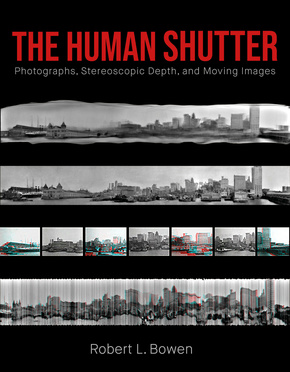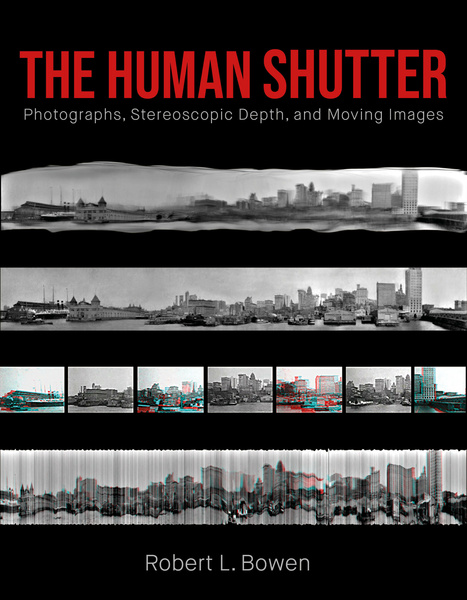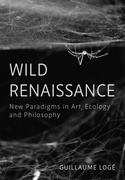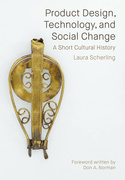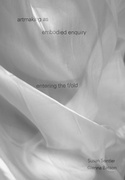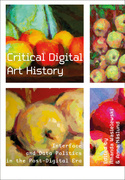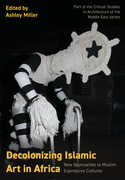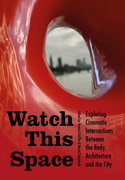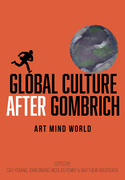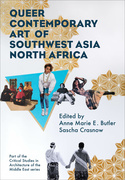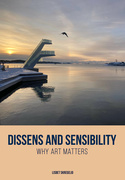The Human Shutter (Book)
Photographs, Stereoscopic Depth, and Moving Images
The book celebrates art and artists, philosophers, and scientists inspired by stereoscopic vision. The origin of photographic cinema is reframed based on a multitude of visual examples. Based on what happens after light appears on the retina, the idea of the stereoscope as a tool of critical inquiry is also explored. 76 b&w, 17 col. illus.
Edition
This book provides four key insights, beginning with how photographic stillness, depth, and motion emerged en masse, departing from the gradualist narratives familiar in histories of photography and film.
Secondly, the book addresses the role of binocular vision in the history of painting and photography. Thirdly, the rich history of early stereoviews that constitute the origins of photographic cinema and other instances of temporality is examined. The author explains how binocular rivalry, termed ‘the human shutter,’ provokes a reexamination of the standard chronology of cinema. The role of the human shutter is demonstrated with a preliminary taxonomy of astonishing images excavated from the photographic archive. Lastly, focusing on what happens after light arrives at the retina, numerous artists and theorists have employed the stereoscope as a metaphor for critical thinking.
In addition to these new perspectives, the book contains significant original research, particularly regarding early photographers who have explored motion with binocular vision, especially Antoine Claudet and Giorgio Sommer.
Equally important to this discussion are modern and contemporary artists and experimental filmmakers who have focused on stereoscopic spaces, including Marcel Duchamp, Robert Smithson, Lucy Raven, Ken Jacobs, Alfons Schilling, Arakawa and Gins, and OpenEndedGroup.
Robert L. Bowen is a New York-based artist, writer, and professor teaching photography, film, and art history. His work has focused on perception, distinguishing illusion from reality in photography, stereoscopic cinema, and experimental architecture.
List of Figures
Acknowledgements
Introduction: Quickstart Guide
1. Antoine Claudet ... Photographer
2. The Mind Completes the Action–Herschel’s Dream
3. The Human Shutter; Binocular Rivalry and Delirium in Two-frame Cinema
4. Cutting Into the Picture Plane: Painting, Binocular Vision
5. Walter Benjamin; Cascading Metaphors of Binocular Vision and the Unique Perspectives of Lucy Raven and Jean-Luc Godard
6. Taxonomies of Duration in Nineteenth and Early Twentieth Century Stereographic Media
7. Joseph Spithover or How to Be in Two Places at Once (Maybe More)
8. Schilling
9. Crowd Control: Giorgio Sommer and Ken Jacobs
10. The Crystalline Visions of Robert Smithson
11. Reality and Virtuality: Marcel Duchamp, Arakawa and Gins, OpenEndedGroup
12. The Model of the Model
Glossary
Bibliography
Index of Names

